The Cavalier Fighter in D&D 5e is a master of mounted combat and defense.
Whether on or off their steeds, these warriors are equally adept at holding the lines in combat and breaking through enemy defenses.
Keeping enemies’ attention on themselves, the Cavalier offers protection for their allies. Moving forward on the battlefield, the Cavalier makes space for their allies and is instrumental in affecting the pacing of the encounter.
The time is now upon you! Ready your loyal steed and prepare to charge forth for glory and honor!
This is the full subclass guide to the Cavalier Fighter in D&D 5e!
What is the Cavalier Fighter in D&D 5e?
When it’s time to send in the cavalry, the Cavalier Fighter is ready to answer the call!
On the battlefield, these characters are able to charge through enemy lines. They hit enemies fast and hard while offering protection to their allies.
The typical Cavalier leads a life of the pursuit of glory. Many (if not most) come from noble families who have left their life of comfort for one of adventure and honor.
But even when not mounted, the Cavalier is a more than capable combatant.
These warriors stand strong on their team’s front line to ensure that no enemy can get through their defenses. As combat goes on, the Cavalier determines where that line is as they move forward with their party and continually add more pressure onto the enemy forces.
Enemies are then left with two options: try to escape or fall where they stand.
Whether as part of an adventuring party or as key units in an all-out war, Cavaliers are vital parts of any strategy.
After all, if you’re going to live a life of glory, why wouldn’t you want it to be a long one?
The Cavalier Fighter appears in Xanathar’s Guide to Everything alongside the Samurai and Arcane Archer subclasses.
Role in the Party
Cavalier Fighters are certainly gifted mounted combatants, however, they’re far from a one-trick pony!
The features that you’ll gain as you continue to level up focus heavily on keeping enemy attention on yourself and protecting your allies.
This means that the Cavalier Fighter makes for an excellent defensive character in combat.
While there isn’t any kind of “aggro” system in D&D 5e, enemies will still find themselves much more motivated to turn their attention to you instead of your squishier allies.
The trick is to play aggressively and establish a line in combat. From there, you play defensively to keep enemies’ attention while you and the rest of your party mop them up.
It’s a fairly straightforward role, but one that is vital for the well-being of the entire party.
You’ll quickly find yourself at the center of your party’s tactics and strategies as you hold the defensive line!
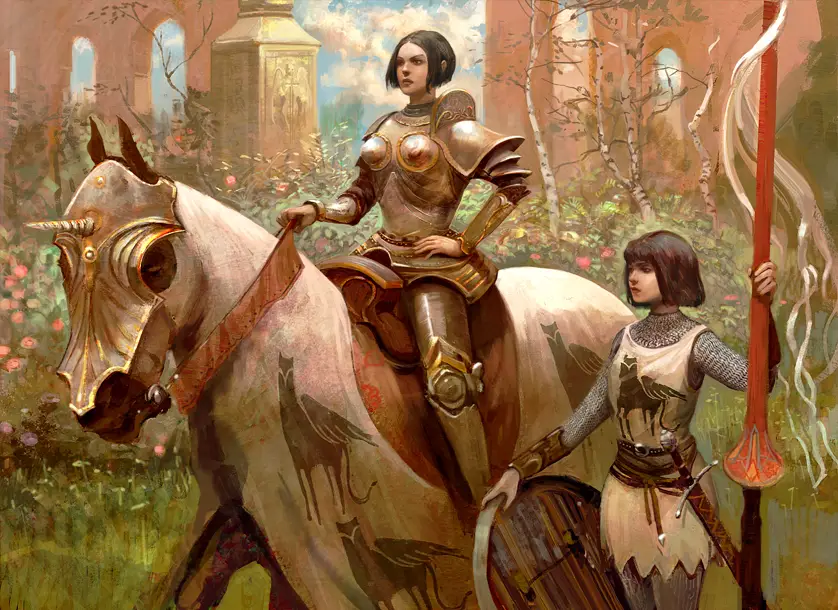
Cavalier Fighter Features 5e
Now that we’ve covered the Cavalier Fighter’s role in the party, let’s get into the features you’ll be gaining as you level up in this subclass!
Don’t forget that most of these features rely heavily on your positioning.
As you position yourself in combat to engage enemies and protect allies, you are largely determining exactly where the fight is happening at on the map.
To get the most out of your various features (and more efficiently protect your friends), you’ll want to keep a tactical eye on the battlefield when choosing where and how you’re engaging your foes.
Recommended: Mastering the Fighter’s Action Surge in D&D 5e
Bonus Proficiency (Level 3)
We’re kicking things off with a free skill or language proficiency!
You gain proficiency in one of the following skills of your choice: Animal Handling, History, Insight, Performance, or Persuasion.
Alternatively, you learn one language of your choice.
You’re much better off taking the skill proficiency than the language option. Skills are much more important and there are spells to get around language barriers.
Animal Handling makes perfect sense for a Cavalier. After all, they are expert mounted combatants so being able to effectively ride and tend to your mount is important.
History isn’t necessarily a “bad” option, but it’s probably best left to a member of your party who is really good at knowing things. It’s a common skill proficiency for Wizards, Bards, and some Clerics so you should be okay here.
Insight is an often-underrated skill proficiency. It’s useful for determining if someone is lying or getting a general “vibe check” on a situation. It’s a decent option, though you’ll want to check out my guide to the Insight skill if you’re leaning this way!
Performance is a strange inclusion on this list. It’s also not particularly useful for you, so I’d recommend passing on it.
If you’re investing in Charisma and your party needs someone who is good at being convincing and diplomatic, Persuasion can be handy. However, many classes rely on Charisma, which means this is probably already covered by your party’s Bard, Paladin, Rogue, Sorcerer, or Warlock.
In most cases, I’d go with either Animal Handling or Insight.
Born to the Saddle (Level 3)
Cavalier Fighters are famously talented riders. The Born to the Saddle feature highlights this talent with three benefits that befit any such warrior!
You have advantage on saving throws made to avoid falling off your mount.
If you fall off your mount and descend no more than 10 feet, you can land on your feet if you’re not incapacitated.
Finally, mounting or dismounting a creature costs you only 5 feet of movement, rather than half your speed.
The usefulness of this feature depends on how often you’re able to incorporate your steed into a situation.
In combats occurring in larger, open spaces you’ll be able to charge forward on your trusty mount. Things get much more difficult when you’re delving into the narrow, twisting passageways of ancient dungeons.
But when it does apply, Born to the Saddle is very nice to have.
You’re much harder to knock off of your mount. This is handy if your mount is a horse or other similar beast.
If you are eventually able to get a flying mount, this could be outright lifesaving. (Remember: falling damage is no joke!)
Of course, if you do still manage to get knocked off of your mount, you’ll still be able to land on your feet if you fell no more than 10 feet.
In a combat situation, this keeps you from falling prone and being immediately dogpiled by a horde of goblins who are eager to make their attacks with advantage.
Last but not least, you’re able to more efficiently mount and dismount creatures.
Instead of half of your movement, it’s only taking 5 feet which can be useful in situations where your mount is a bit further away and you need to make a quick departure.
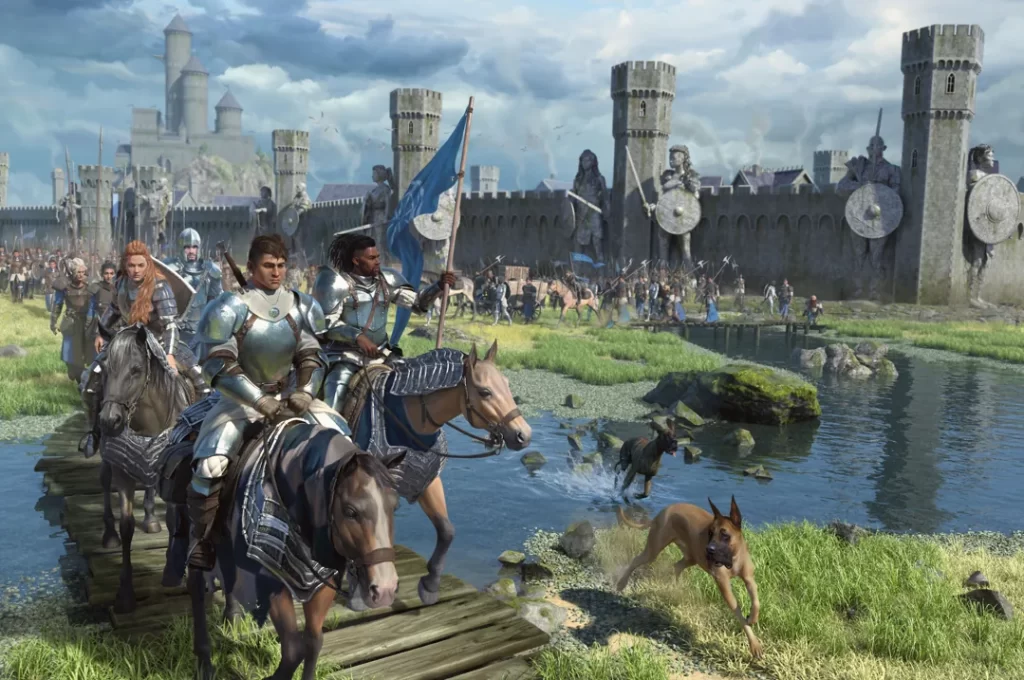
Unwavering Mark (Level 3)
The first two features the Cavalier Fighter gains at level 3 were okay, but Unwavering Mark takes the cake!
This is the feature that solidifies the Cavalier as a defensive powerhouse for their party.
There’s a lot to this feature, so let’s take it piece by piece.
When you hit a creature with a melee weapon attack, you can mark the creature until the end of your next turn. This effect ends early if you are incapacitated, die, or someone else marks the creature.
While it is within 5 feet of you, a creature marked by you has disadvantage on any attack roll that doesn’t target you.
Note that this can be used to mark any creature that you hit with a melee attack. As you gain more attacks by leveling up in the Fighter class, that’s more enemies that you can use this on.
It also makes two-weapon fighting an appealing option to help you potentially mark yet another enemy on your turn.
Though using a shield instead could be preferable once the enemies you mark turn their attention to you…
Regardless, this works as a kind of “taunt” mechanic that will help take the heat off of your allies!
In addition, if a creature marked by you deals damage to anyone other than you, you can make a special melee weapon attack against the marked creature as a bonus action on your next turn.
You have advantage on the attack roll, and if it hits, the attack’s weapon deals extra damage to the target equal to half your fighter level.
If a marked enemy still decides to try their luck and attack someone other than you (at disadvantage), you can now punish them on your next turn.
(Though the specific words here are “deals damage” which means that marked spellcasters are also subject to your wrath!)
Not only are you getting this extra attack as a bonus action, but you’ll be swinging at advantage AND dealing bonus damage!
That’ll teach ‘em!
Regardless of the number of creatures you mark, you can make this special attack a number of times equal to your Strength modifier (minimum of once), and you regain all expended uses of it when you finish a long rest.
Unwavering Mark is a key and core feature to how the Cavalier Fighter functions. Since the number of special attacks you can make is based on your Strength modifier, you’ll be prioritizing that ability score.
Note that there’s not a limit to how many enemies you can mark. It’s only a limit on the number of special attacks you can make.
That means you’ll want to keep enemies’ attention on you, but use your judgment when it’s the right time to use your special attack from this feature!
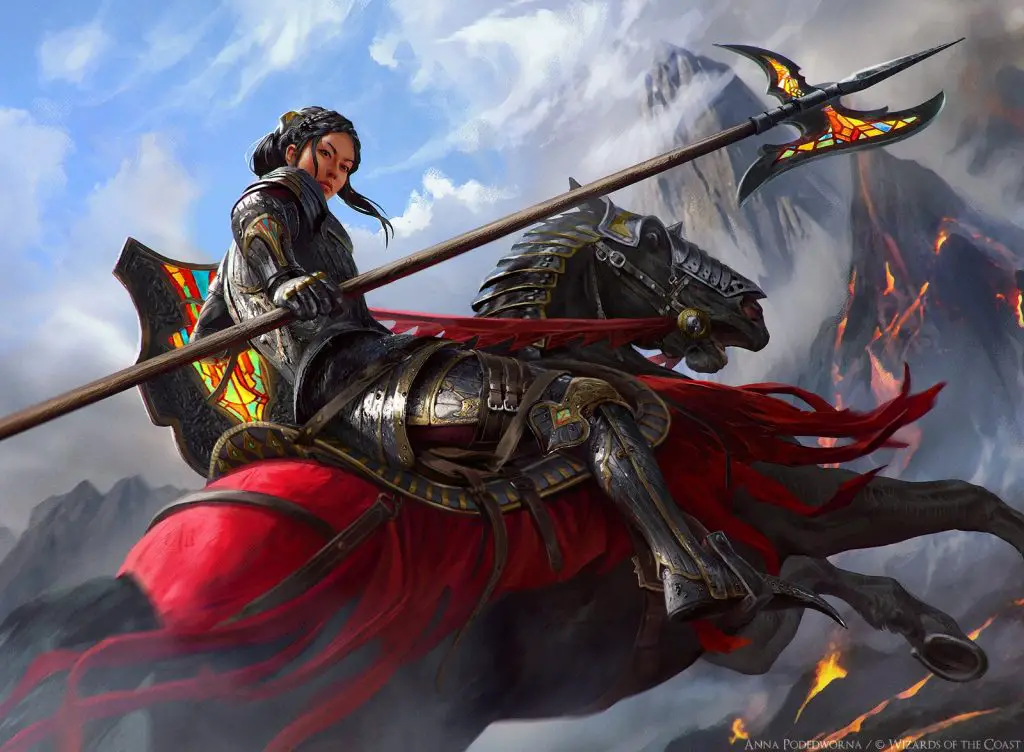
Warding Maneuver (Level 7)
At level 7, you get a very handy reaction.
While this overlaps a bit with the Protection Fighting Style, it’s still a solid addition to the Cavalier Fighter’s kit.
If you or a creature you can see within 5 feet of you is hit by an attack, you can roll 1d8 as a reaction if you’re wielding a melee weapon or a shield.
Roll the die, and add the number rolled to the target’s AC against that attack. If the attack still hits, the target has resistance against the attack’s damage.
You can use this feature a number of times equal to your Constitution modifier (a minimum of once), and you regain all expended uses of it when you finish a long rest.
Cavalier Fighters focus heavily on the party’s defensive line, so this fits perfectly with your specific role in the party. In most situations, you should have an ally near you that you are protecting.
But, even then, you can also use Warding Maneuver to save your own hide if you need!
It’s a bit of a risky maneuver depending on what mood your d8 is in, but every little bit of AC bonus can help. Besides, potentially getting a whopping +8 to your Armor Class is no small thing!
Worst case scenario: you or the ally you’re protecting still get hit but are only taking half of the attack’s damage.
As a Fighter (and a very defense-focused one at that), you should have already been focusing on your Constitution ability score.
This is yet another reason to do so as the number of times you can use this per long rest is based on your Constitution modifier!
Hold the Line (Level 10)
Hold the Line is a fantastic feature and the fact that something this amazing is available at level 10 is honestly kind of insane.
Enemies will need to think twice before they come anywhere near you or your allies now!
Creatures provoke an opportunity attack from you when they move 5 feet or more while within your reach. If you hit a creature with an opportunity attack, the target’s speed is reduced to 0 until the end of the current turn.
There are a couple of things that really stand out about this feature.
First things first, note that enemies aren’t only provoking by moving out of your range. Any movement at all will let you take an opportunity attack against them.
Secondly, the enemy doesn’t have to be within 5 feet of you. Since this is based on your own reach, wielding something like a halberd or glaive means that you can lock down everything within 10 feet of you!
Similar to the Sentinel feat, you’re reducing the movement speed of whatever enemy you hit with this opportunity attack to 0.
It’s a great way to stop your enemies from fleeing, changing positions, or chasing down a squishier party member!
Unlike Sentinel, however, enemies can still take the Disengage action to get away from you. But they’ll still be needing to use their action to do so.
You’re almost certainly going to be using this A LOT. So, I strongly recommend checking out my article that covers how opportunity attacks work in D&D 5e.
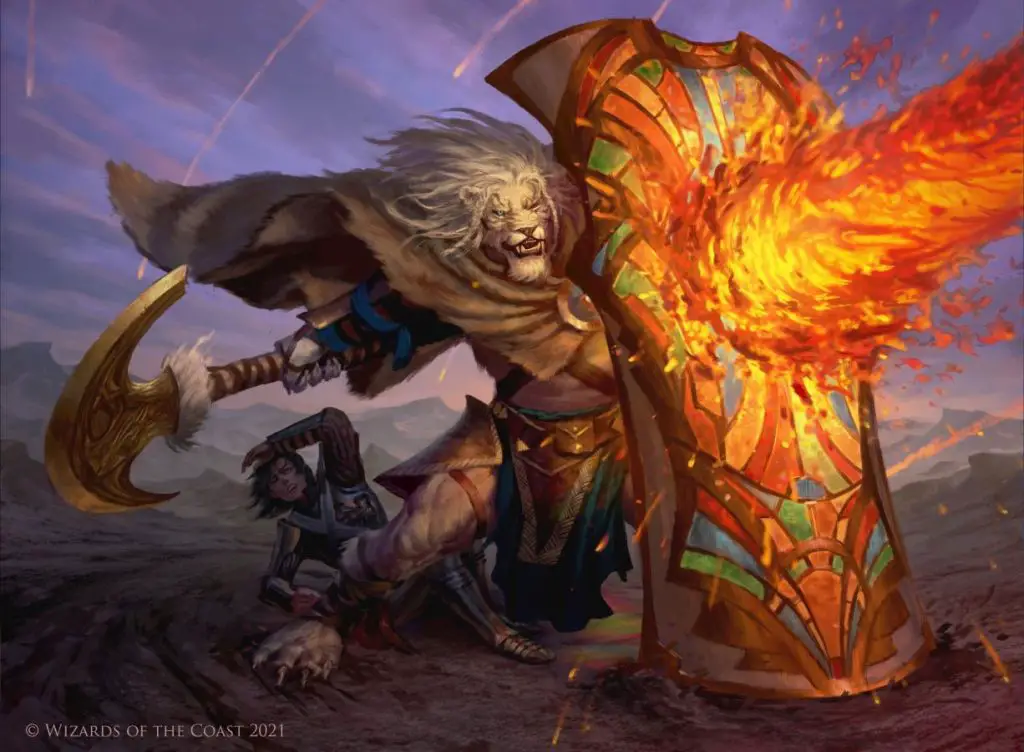
Ferocious Charger (Level 15)
So far, the Cavalier has gotten a ton of excellent defensive features. But now it’s time to go on the offense!
*blows trumpet*
CHARGE!!!
If you move at least 10 feet in a straight line right before attacking a creature and you hit it with the attack, that target must succeed on a Strength saving throw (DC 8 + your proficiency bonus + your Strength modifier) or be knocked prone.
You can use this feature only once on each of your turns.
Getting knocked prone can be devastating. Remember: melee attacks from within 5 feet against a prone creature are made at advantage.
If possible, you want to use Ferocious Charger as soon as you can in combat. Ideally, you’re able to knock down a high-priority target with this.
Knocking an enemy prone means that your next attacks will be at advantage. That means you could very easily eliminate that enemy before they’ve even had a chance to act in combat!
Whether you’re charging on your mount or on foot, just make sure you’ve got 10 feet of movement in a straight line to get up on the enemy.
Also, note that you can only use this once per turn. As funny as it would be to run around knocking enemies down like bowling pins, you’ll need to be selective when it comes to what target you’re charging.
Especially if your party is ready to follow up on your charge, this can be devastating!
Vigilant Defender (Level 18)
You’re already a seemingly impenetrable wall protecting your allies.
The Cavalier Fighter’s capstone feature, Vigilant Defender, decides to take things yet another step further.
In combat, you get a special reaction that you can take once on every creature’s turn, except your turn. You can use this special reaction only to make an opportunity attack, and you can’t use it on the same turn that you take your normal reaction.
Remember how I said you’ll be making a ton of opportunity attacks?
Yeah… now you’re making EVEN MORE!
On every turn (except your own), you’re getting a free opportunity attack on one of the enemies near you. (They’ll still need to move, though they don’t have to be moving out of your attack range to trigger this thanks to Hold the Line.)
Naturally, this builds wonderfully on your Hold the Line and Unwavering Mark features.
If you’ve got a weapon with the reach property, you’re basically a blender to everything within 10 feet of you.
Honestly, this is just crazy.
Also, because of Hold the Line, the enemies that you smack are having their speed reduced to 0. Even if they’ve survived long enough to make it to their turn, they won’t be able to move!
You can’t use this special reaction if you also use your normal reaction for something, but that’s a very small price to pay.
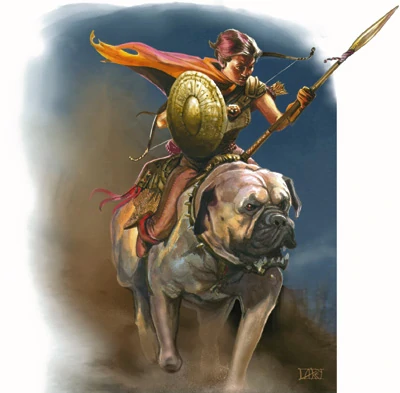
Connections
Cavaliers often come from noble families which makes the Noble background an interesting and appropriate pick. These are knights who seek adventure and glory, and many have left otherwise comfortable lives in that pursuit.
Of course, your character could just as well come from more humble roots.
Something like a stableboy who successfully helped defend their village from a goblin invasion has the makings of a great Folk Hero background!
Within the military, Cavaliers commonly serve as officers with the power to lead their forces in glorious charges as well as protect those around them.
Personally, I’d love to see/play one of these as a Halfling Outrider which was one of my favorite classes back in D&D 3.5.
These characters were Halflings who rode on mastiffs and served as defenders and scouts for their communities and/or units. (It also gives you more opportunities to use your mount without running into the classic “how do we bring the horse into the dungeon?” dilemma!)
Whatever you choose, you should have very little difficulty connecting a Cavalier Fighter to any adventure or party.
Is the Cavalier Fighter Good?
I’m not going to lie; I ignored this subclass for years after it came out. After all, opportunities for mounted combat tend to be rare in most games.
But I was so incredibly wrong. The Cavalier Fighter is a defensive powerhouse that can serve wonderfully as a “tank” for the party.
Using Unwavering Mark to keep enemies’ attention on you and features like Hold the Line and Vigilant Defender to bring the pain, Cavaliers can leverage a ton of control in combat.
I would say that the biggest thing that the Cavalier is missing is a way to improve their own survivability.
While your Cavalier is a mighty shield for your allies, your only way of further protecting yourself is Warding Maneuver. While it’s a great feature, you’re only getting that up to 5 times per long rest, depending on your Constitution score.
However, that’s where your Cleric or other healing/buffing casters come into play. Not to mention magical items that will improve your hit points and armor class.
Your feat selection will also be especially important.
Hold the Line overlaps enough with the Sentinel feat that you may or may not want to pick that up. However, options like Shield Master and Polearm Master are absolutely standout feat options depending on how you build your character.
If you favor a defensive playstyle, the Cavalier is absolutely worth playing!
Recommended: Ranking EVERY Fighter Subclass in D&D 5e!
Conclusion – Cavalier Fighter in D&D 5e
I hope you’ve found this guide to the Cavalier Fighter in D&D 5e helpful!
As I mentioned earlier, there’s a certain idea that the Cavalier is only for mounted combat. While that’s a huge part of their theme and they get some handy bonuses to it, they go so far beyond that.
Do you have any thoughts or fun character concepts for the Cavalier Fighter? Let’s chat in the comments!

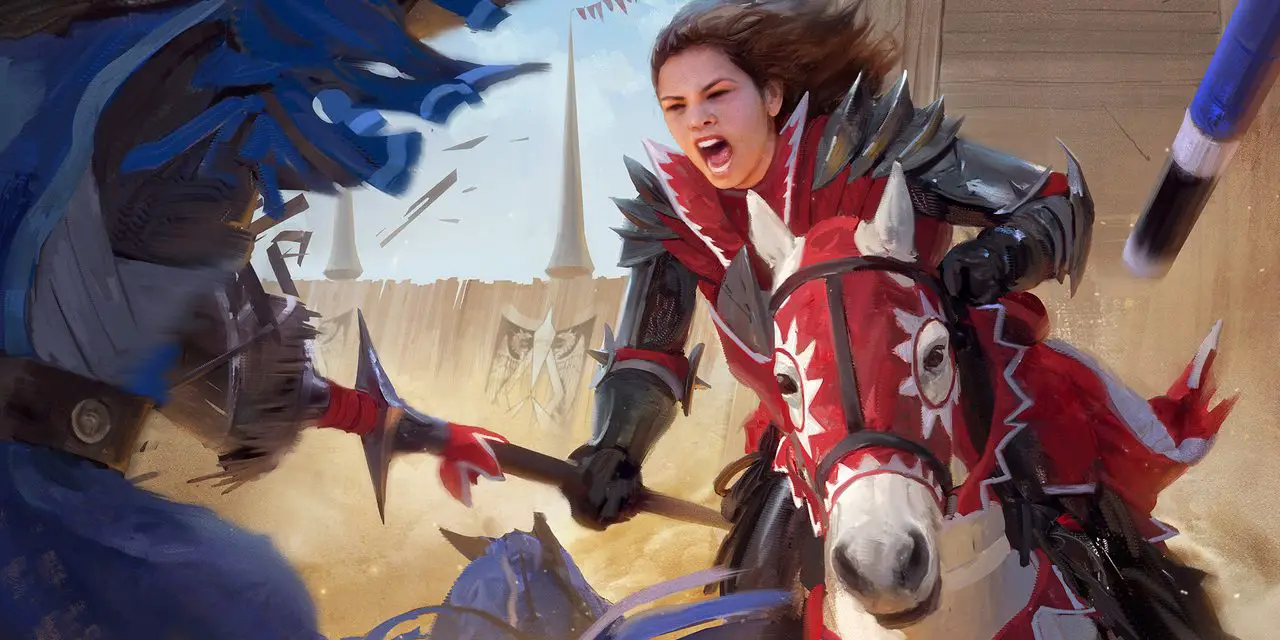

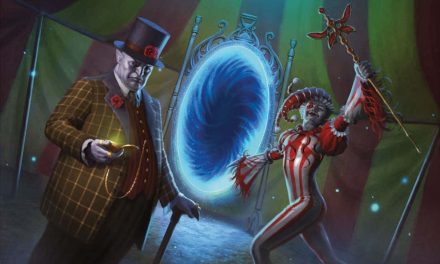
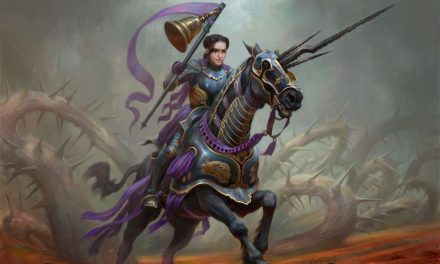
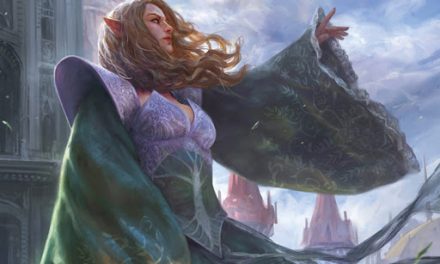
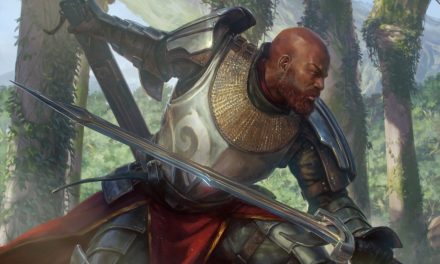




Quite interesting. I have always ignored Cavalier too, but now I see that this archetype may be a quintessential tank, especially if paired with some party buffs.
“If you are eventually able to get a flying mount, this could be outright lifesaving”
That makes a Cavalier especially good in Eberron, Ravnica or Krynn, where flying mounts are explicitly present. And Cavalier is actually referenced in Ravnica books, assigned to Boros Legion.
Hi V-Z!
It seems that it’s common for the Cavalier to be ignored. Though when writing this guide I especially realized just how wrong I’ve been all these years.
The next time I get a chance to be a player, I’ll almost certainly be playing a Cavalier.
While it’s very hard to be a true “tank” in D&D 5e, the Cavalier fills the role perfectly by all but forcing enemies to focus on them. With some handy buffs and a good Armor Class, they can quickly become an incredibly valuable asset for any party!
Agreed. Again, this subclass may be perfect in military campaign where mounts can be usually used to great success, so the Cavalier may shine a lot.
…and now I imagine a party of a Cavalier with some unusual mount, a Paladin on a winged stallion and a high-level Drakewarden. Aerial assault, DnD edition.